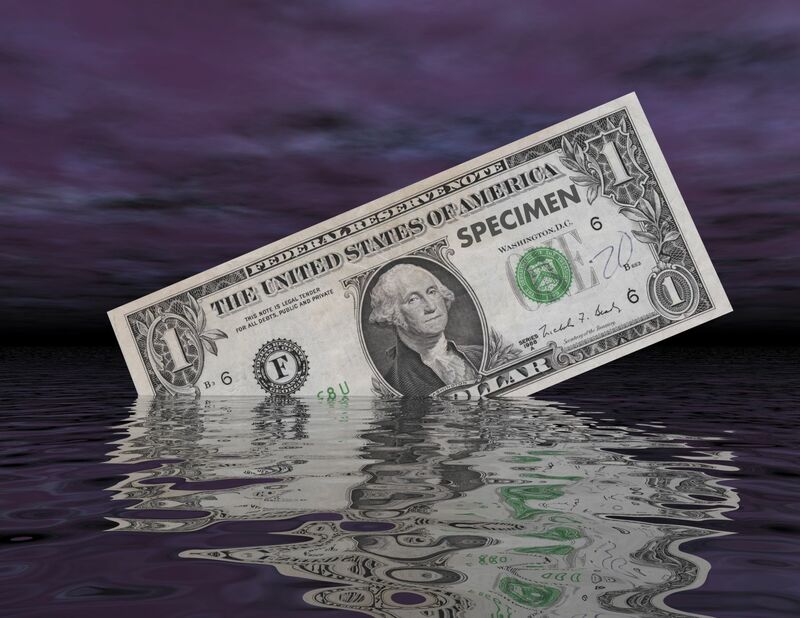Bone History
The Fascinating trip of Bone History Delve into the witching world of bone history. Explore the elaboration, significance, and crucial events that have shaped the line of the bone, a global currency icon.

Preface:
The bone, a symbol of substance, power, and profitable influence, has a remarkable history that spans centuries. From its humble origins to its current status as the world’s primary reserve currency, the story of the bone is one of elaboration, invention, and global impact. In this comprehensive disquisition of bone history, we will unravel the intricate details, vital moments, and fascinating data that have defined the path of this iconic currency.

The Birth of the Bone
Understanding the bone ‘s origins is pivotal in appreciating its literal significance and ultramodern- day elevation.
The Spanish Dollar A Pioneering Currency
The bone finds its roots in the Spanish bone, also known as the” piece of eight.” Formed in the 16th century, this gray coin came a extensively accepted medium of exchange in the American colonies and beyond.
Continental Congress and the Birth of the U.S. Bone
The United States officially espoused the bone as its currency in 1785, and the Continental Congress played a vital part in shaping its financial system. The Coinage Act of 1792 established the U.S. Mint and the bone as the country’s standard unit of plutocrat.
Bone elaboration From Gold to Fiat
The bone ‘s trip from a gold- backed currency to a edict currency system has been a transformative bone.

The Gold Standard period
The late 19th and early 20th centuries saw the bone tied to gold, furnishing stability and transnational credibility. This period was marked by fixed exchange rates and a commitment to convertibility.
The Shift to Fiat Money
In 1971, President Richard Nixon blazoned the suspense of bone convertibility to gold, marking the end of the gold standard. The bone transitioned into a edict currency, backed by the trust and confidence of its druggies.
Bone Dominance on the Global Stage
The bone ‘s part as the world’s primary reserve currency has far- reaching counteraccusations for global finance and trade.
Bretton Woods Conference Cementing Bone Dominance.
The Bretton Woods Conference in 1944 established the bone as the linchpin of the transnational financial system. The U.S. committed to maintaining the bone ‘s value in gold, while other currencies pegged their exchange rates to the bone.

Petrodollars A Global Economic Force
The 1970s saw the emergence of petrodollars, as oil painting- producing nations began trading oil painting simply in U.S. bones. This solidified the bone ‘s status as the world’s primary reserve currency.
Bone in the ultramodern period
The bone ‘s trip continues in the 21st century, with new challenges and openings on the horizon. The Dollar’s Global part moment, the bone remains the dominant global currency, comprising a significant portion of transnational reserves and trade deals. Its stability and liquidity make it a favored choice for investors and central banks
Digital Currency and the Bone As the world embraces digital invention, central banks are exploring the conception of central bank digital currencies (CBDCs), potentially reshaping the future of the bone.
Bone’s Response to profitable heads
The bone has survived profitable storms, including the global fiscal extremity of 2008 and the COVID- 19 epidemic. Its adaptability during these challenges underscores its continuing strength.
Choosing the Right Investment
Understanding bone history is vital for making informed fiscal opinions in moment’s global frugality. Investing in the Bone Investors frequently turn to bone – nominated means similar as U.S. Treasury bonds, stocks, and exchange traded finances (ETFs) to profit from the bone ‘s stability and liquidity.
Diversifying Beyond the Bone
Diversification is crucial to managing threat. Exploring investments in other currencies and means can help cover your wealth against oscillations in the bone. Staying Informed Staying informed about global profitable trends, financial programs, and geopolitical events is essential for making sound investment choices in the world of bone finance.
Constantly Asked Questions ( FAQs)
Q What’s the origin of the term” bone “?
A The term” bone ” is deduced from the” thaler,” a gray coin used in Europe during the 16th century.
Q How did the bone come the world’s primary reserve currency?
A The bone ‘s ascendance to global reserve status was solidified through agreements like the Bretton Woods Conference and its use in transnational trade, particularly in oil painting deals.
Q What’s the significance of the bone ‘s shift from the gold standard to edict plutocrat?
A The shift to edict plutocrat allowed for further inflexibility in financial policy, but it also introduced the threat of affectation and currency devaluation.
Q How has the bone performed during profitable heads?
A The bone has demonstrated adaptability during profitable heads, frequently serving as a safe haven for investors seeking stability.
Q Are there druthers to the bone in the global frugality?
A While the bone dominates, other currencies like the euro and the Chinese yuan play significant places in transnational finance, offering druthers to the bone.
Q How can individualities cover their finances in a changing bone geography?
A Diversifying investments,staying informed, and seeking professional fiscal advice are essential strategies for navigating the evolving world of the bone.
Conclusion
The bone ‘s history is a witching trip that spans centuries, reflecting the elaboration of finance, economics, and global trade. From its humble onsets to its current status as a global profitable force, the bone ‘s story is one of adaptability and adaption. Understanding bone history isn’t only a matter of literal curiosity but also a precious tool for making informed fiscal opinions in moment’s connected world.

